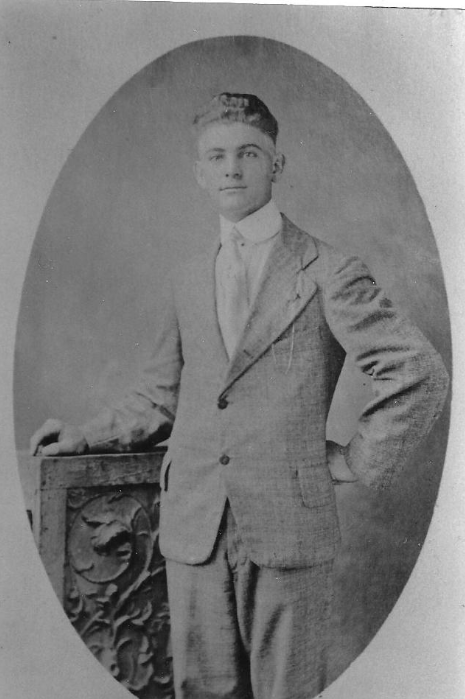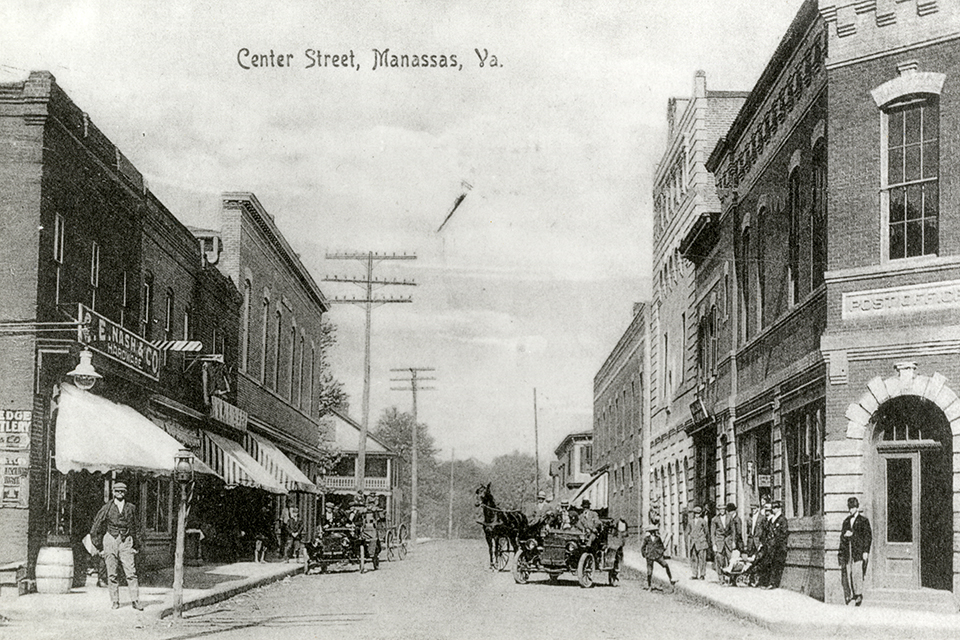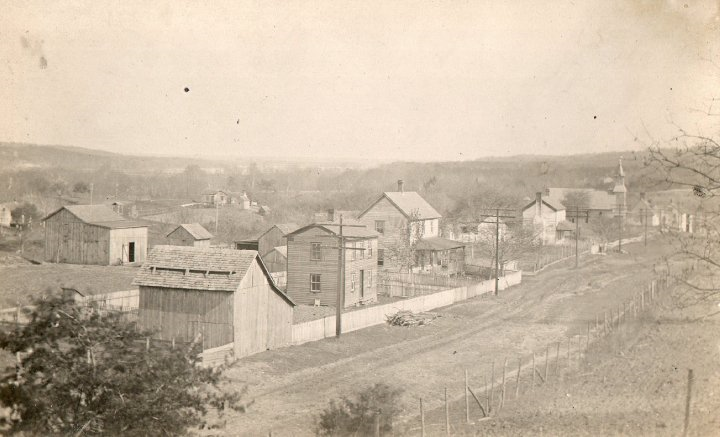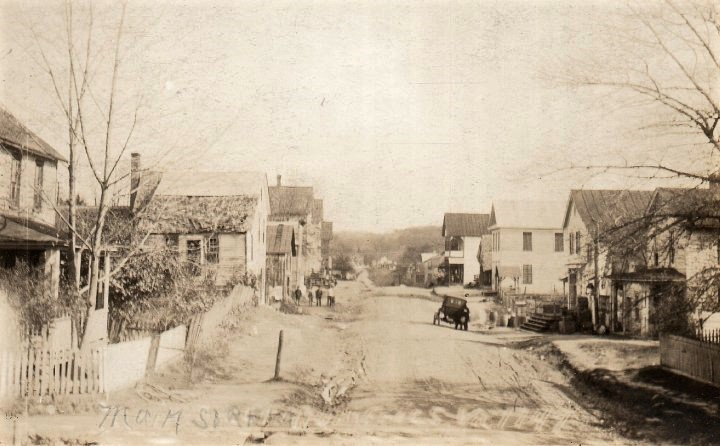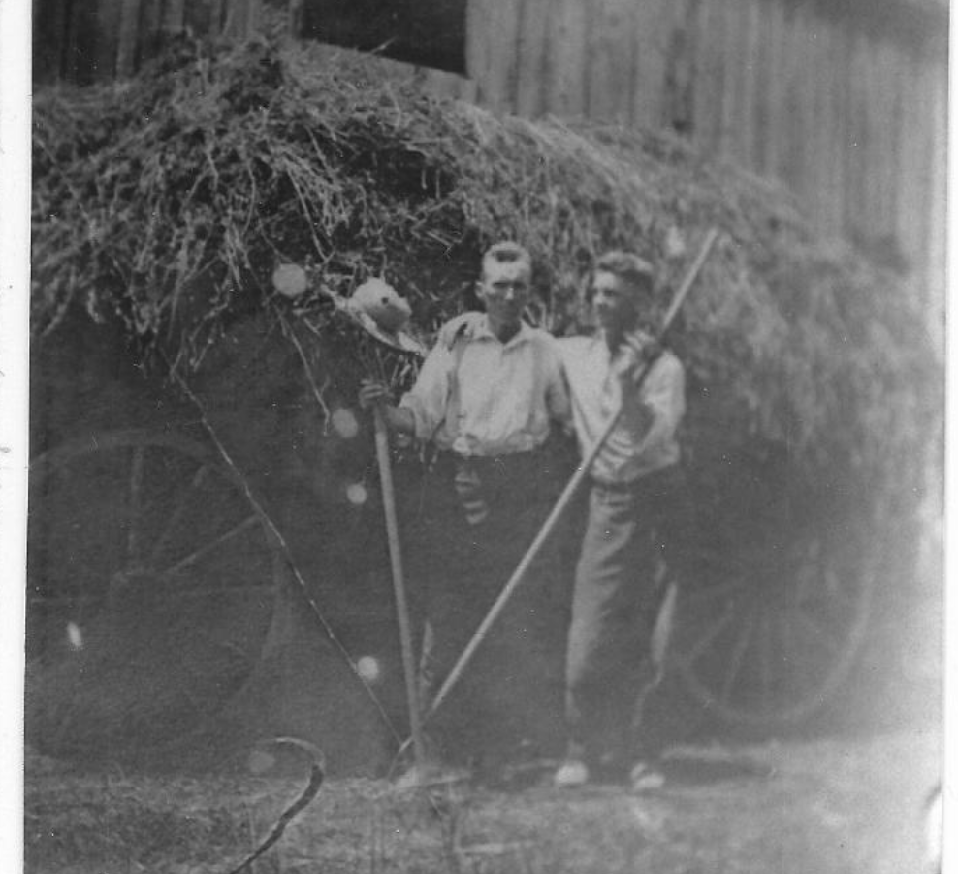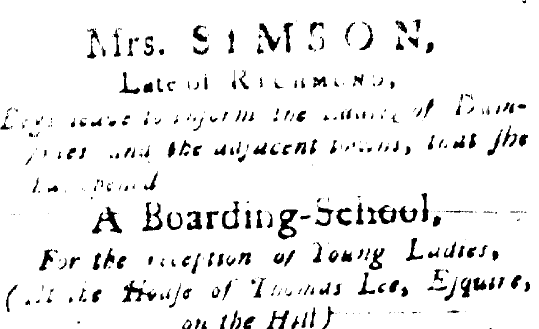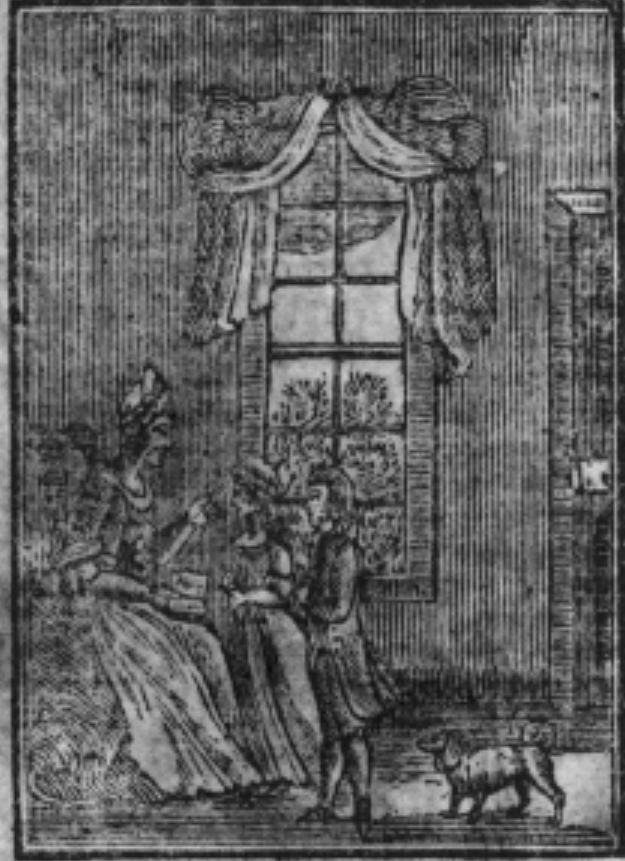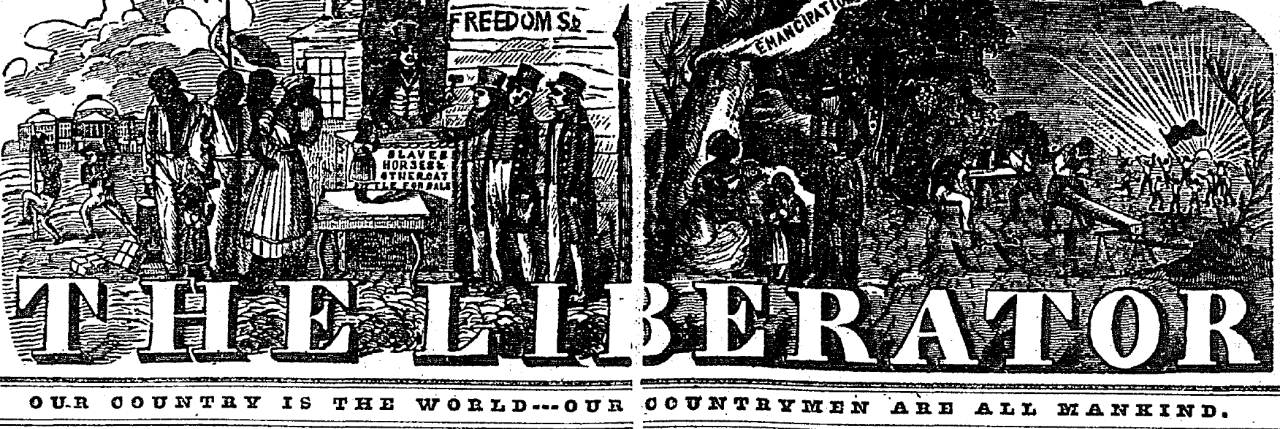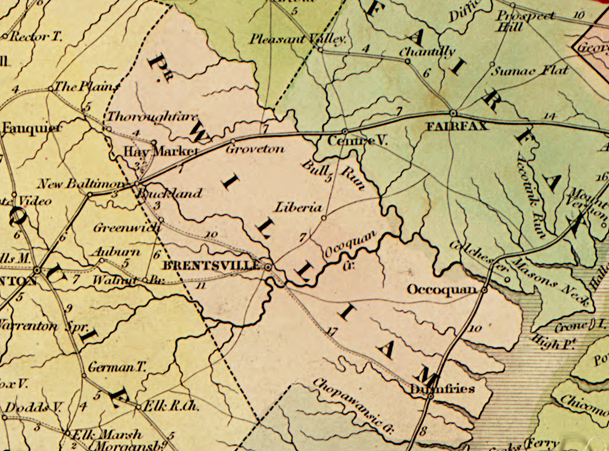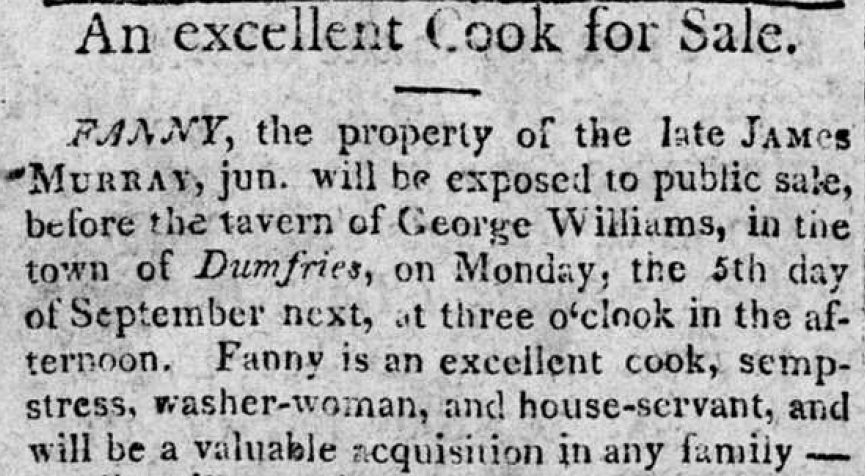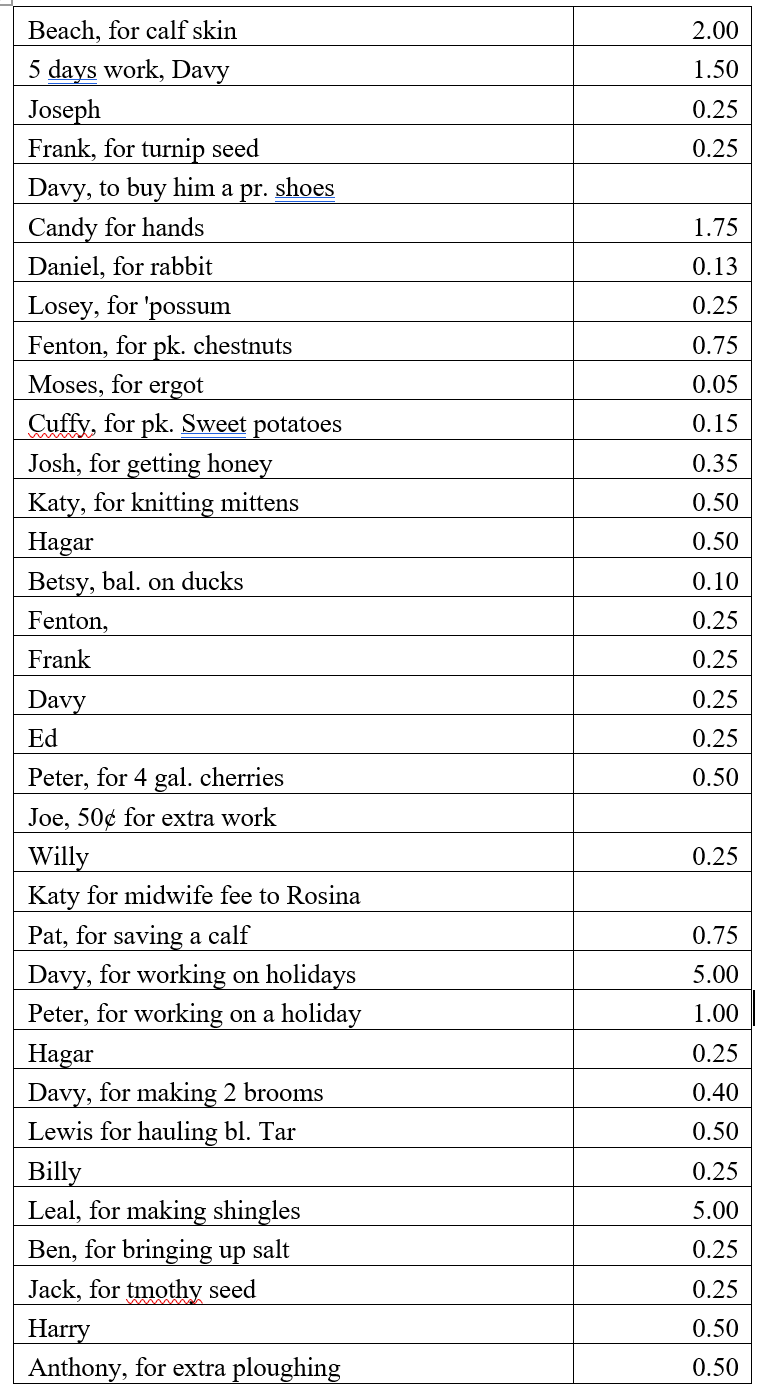Traveling to Brentsville to Solve a Crime
By: Lisa Timmerman, Executive Director
“…and it is said that she sang hymns all the way…”
While reading through the WPA’s report on the Town of Dumfries and Prince William County (PWC), I kept finding references to ghost stories – tales of sorrow, murder, and the ghosts of the enslaved. While ghost stories can be very ambiguous and hard to research (example: mentioning that voices are heard singing when no one is around…which leads to the question if no one is around, how do you hear – getting sidetracked, sorry!), the case of the Commonwealth vs. Agnes actually has court records, newspaper articles, and folklore. But they do not agree.
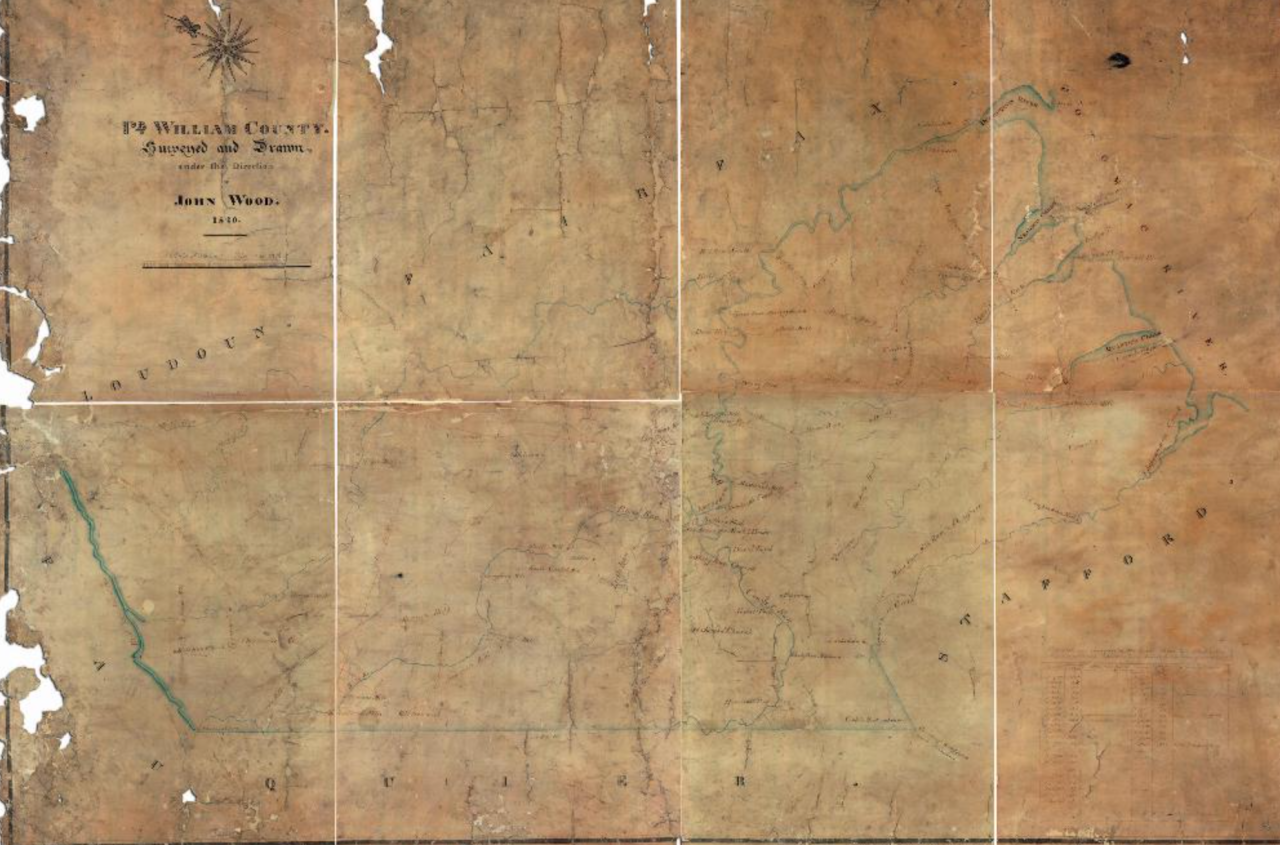
(Source: 1820 John Wood Map, Historic Prince William: Northern VA Maps)
In 1850, the Commonwealth of Virginia vs. Agnes found her guilty of murdering the person who enslaved her, Gerard Mason. While all sources agree the courts found her guilty of murdering Mason with an axe, the why changes depending upon your source. Ready?
- The Commonwealth argued that Mason ordered her to be whipped weeks prior to the murder. She allegedly stated she would kill anyone attempting to physically abuse her again. (Research conducted by Ron Turner based on court transcripts, pardon requests, and records from the Coroner’s inquest).
- Agnes stated Mason ordered her to bring an axe to him and got angry with her for not having “ground it”. He potentially tried to rape her (at the very least sexually harassed), and when that failed, threatened to shoot her with his gun. Agnes took the gun away from him and struck him with the axe and…didn’t stop. (Research conducted by Ron Turner based on court transcripts, pardon requests, and records from the Coroner’s inquest)
- The Baltimore Sun reported (10/21/1849), “…It appears Mr. M. had been from home, and returned under the influence of liquor. He became offended with something the woman had done, and threatened to kill her with an axe; she warded off the blow, and wresting the axe from him, struck the blow that killed him. The poor negro made no effort to escape”.
- The Alexandria Gazette reported (01/10/1850), “We learn from one who witnessed the trial that the evidence established, beyond a rational doubt, that Mr. Mason was killed in his bed, most probably whilst asleep, by blows inflicted with an axe by the accused.”
- The Works Progress Administration visited the Woodbridge site (former home of Gerard Mason) in 1937, and recorded, “On this particular evening, after heavy drinking, he became displeased at the delay in supper which Agnes, his cook, had explained by the illness of her small child. Becoming incensed he picked up the child and beat its head on the stone hearth until the child was dead, then ordered the mother to proceed with supper. The story is told (evidence which she gave in court) that after her master was asleep that night, she gathered up an axe and entered his room, determined to kill him. She lost her nerve, however, and returned to the woodpile where she sat for hours, brooding over her loss. Finally fortifying herself with some of the apple brandy of which there was always a plentiful supply in the cellar, she summoned courage to re-enter his room and kill him with the axe.” The agent based this story on oral interviews with local residents.
While all the stories of the why slightly vary from the enslaved seeking vengeance to self-defense, the Court of Oyer & Terminer charged her for “willfully, deliberately and with malice aforethought killed and murdered Gerard Mason” convicting and sentencing her to be hung. Upon learning she may have been five weeks pregnant, the court ordered physicians to examine her, but ultimately decided to execute her five months later as they “still in doubt as to the correctness of the allegation”. Officials arrested other enslaved persons suspected “of being implicated” but found them not guilty. The court deemed Agnes was worth $450.00. According to Turner’s research, the courts delayed her execution until examined again in July and determined not to be pregnant. The County executed her on 07/16/1850 in Brentsville.
The 1937 agent reported, “She was hung in the court yard and it is said that the story is told that after she was pronounced dead and her body removed, that she continued to move for a remarkably long time and that in the afternoon there came the most severe storm of wind and darkness that old residents had ever seen. These tales are all very common in this section, having been told from one generation to another.” The Slave Dwelling Project stayed at Brentsville Jail in 2016 and researchers Joseph McGill, Sharon Williams, and Lynda Davis wrote about their experiences and reflected on the reasons why so many ghost stories involve the enslaved community. Click here to read their blog.
By 1822, officials completed the Brentsville Jail and Courthouse and moved the judicial process from the Town of Dumfries to Brentsville.

(Source: Brentsville Jail, PWC Historic Preservation)
Note: Our September programs feature local folklore and apples! To book a tour and/or enjoy our latest programs, click here!
(Sources: WPA Historic Survey: Town of Dumfries, 1937; Slave & Free Negro Records from the PWC Court Minute & Order Books: A Source Book for African-American Family History Research Part 1: PWC Court Order Book 1846-1850, pages 359-360; Turner, Ron. The Case of the Commonwealth vs. Agnes; PWC Genealogy: Friend of Friends Friday: Gerard Mason, Slave Owner, Posted on 10/18/2013, https://pwcogenealogy.blogspot.com/; The Slave Dwelling Project: McGill, Joseph. Sorry to Disappoint the Brentsville Jail, 05/28/2016)


